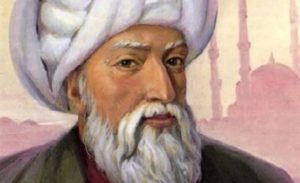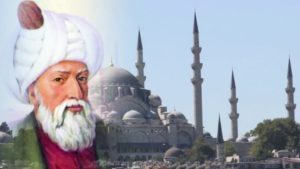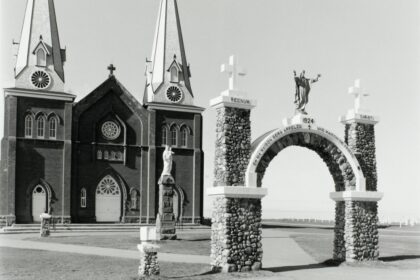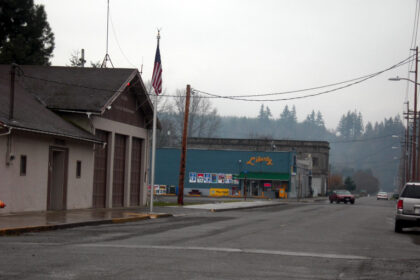Koca Mi’mar Sinan Aga was the chief Ottoman architect and civil engineer for Sultans Suleiman the Magnificent, Selim II, and Murad III. He was responsible for the construction of more than 300 major structures and other more modest projects, such as schools. Take a look below for 25 more interesting and fascinating facts about Mimar Sinan.
1. His apprentices would design the Sultan Ahmed Mosque in Istanbul, Stari Most in Mostar, and help design the Taj Mahal in the Mughal Empire.
2. The son of a stonemason, he received a technical education and became a military engineer.
3. He rose rapidly through the ranks to become first an officer and finally a Janissary commander, with the honorific title of aga.
4. He refined his architectural and engineering skills while on a campaign with the Janissaries, becoming an expert at constructing fortifications of all kinds, as well as military infrastructure projects, such as roads, bridges and aqueducts.

5. At about the age of 50, he was appointed as chief royal architect, applying the technical skills he had acquired in the army to the creation of fine religious buildings and civic structures of all kinds.
6. He remained in this post for almost 50 years.
7. His masterpiece is the Selimiye Mosque in Edirne, although his most famous work is the Suleiman Mosque in Istanbul.
8. He headed an extensive government department and trained many assistants who, in turn, distinguished themselves, including Sedefkar Mehmed Agha, architect of the Sultan Ahmed Mosque.
9. Sinan is considered the greatest architect of the classical period of Ottoman architecture and has been compared to Michelangelo, his contemporary in the West.
10. Sinan’s works are among the most influential buildings in history.

11. According to contemporary biographer, Mustafa Sai Celebi, Sinan was born in 1489 with the name Joseph.
12. He was born either an Armenian Cappadocian Greek, Albanian, or a Christian Turk in a small town called Agirnas near the city of Kayseri in Anatolia.
13. One argument that lends credence to his Armenian or Greek background is a decree by Selim II dated Ramadan 7, 981, which grants Sinan’s request to forgive and spare his relatives from the general exile of Kayseri’s Armenian communities to the island of Cyprus.
14. Sinan grew up helping his father in his work.
15. His father is referred to as “Abdulmennan”, a title which was commonly used in the Ottoman period to define the non-Muslim father of a Muslim convert.
16. In 1512, Sinan was conscripted into Ottoman service under the devshirme system.
17. He was sent to Constantinople to be trained as an officer of the Janissary Corps and converted to Islam.

18. He was too old to be admitted to the imperial Enderun School in the Topkapi Palace, but was send instead to an auxiliary school. Some records claim that he might have served the Grand Vizier Pargali Ibrahim Pasha as a novice of the Ibrahim Pasha School.
19. Sinan initially learned carpentry and mathematics but through his intellectual qualities and ambitions, he soon assisted the leading architects and got his training as an architect.
20. He possibly joined Selim I in his last military campaign, Rhodes according to some sources, but when the Sultan died, this project ended.
21. Sinan witnessed the conquest of Belgrade.
22. Under Suleiman the Magnificent, Sinan was preset as a member of the Household Cavalry, at the Battle of Mohacs. He was promoted to captain of the Royal Guard and then given command of the Infantry Cadet Corps.

23. He was later stationed in Austria, where he commanded the 62nd Orta of the Rifle Corps.
24. He became a master of archery, while at the same time, as an architect, learning the weak points of structures when gunning them down.
25. In 1535, he participated in the Baghdad campaign as a commanding officer of the Royal Guard.




